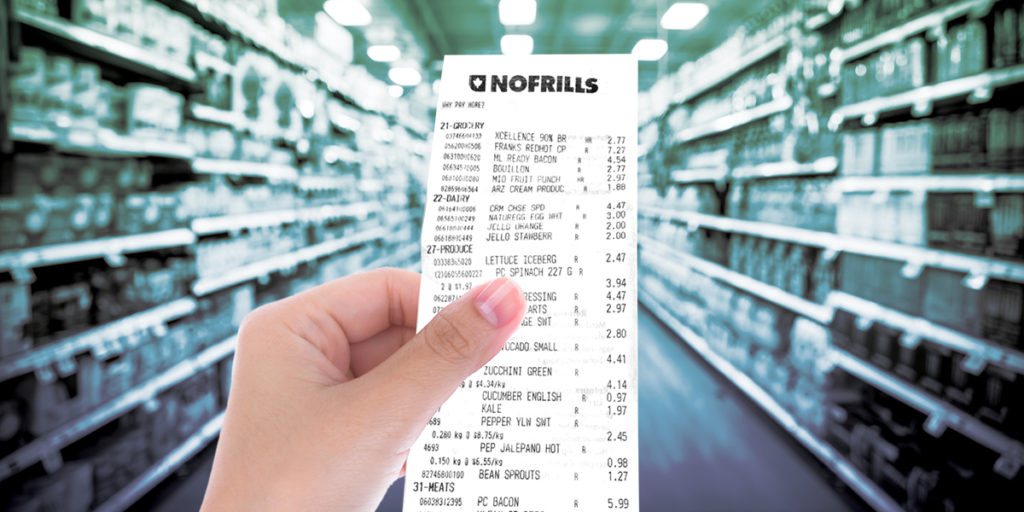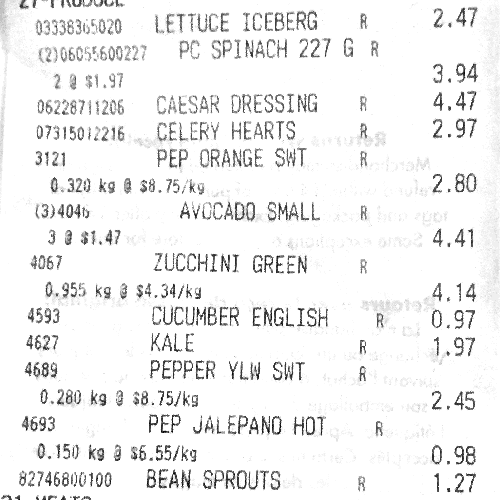How this Toronto nurse on a diet spent $150 at No Frills
There are easy ways she could save without clipping coupons
Advertisement
There are easy ways she could save without clipping coupons

READ: One surefire way to save on groceriesShe admits she can probably do better: “I don’t really have a set meal plan.” Occasionally, the produce she buys spoils and ends up in the trash. “And that’s where I end up wasting money — because I don’t plan properly,” Vanessa says. The other thing she knows she should be doing is taking regular inventory of what’s already in stock at home. “I’ll buy something and think I need it, and come home and find I actually do have it,” she says. “Because it’s two people’s stuff in the fridge, it’s always packed.” I had a look at one of Vanessa’s recent trips to the grocery store to see what she did right, and where she could improve.




 This post is part of Spend It Better, a personal finance collaboration between Chatelaine and MoneySense about how to get the most for your money. You can find out more right here.
This post is part of Spend It Better, a personal finance collaboration between Chatelaine and MoneySense about how to get the most for your money. You can find out more right here.
Share this article Share on Facebook Share on Twitter Share on Linkedin Share on Reddit Share on Email